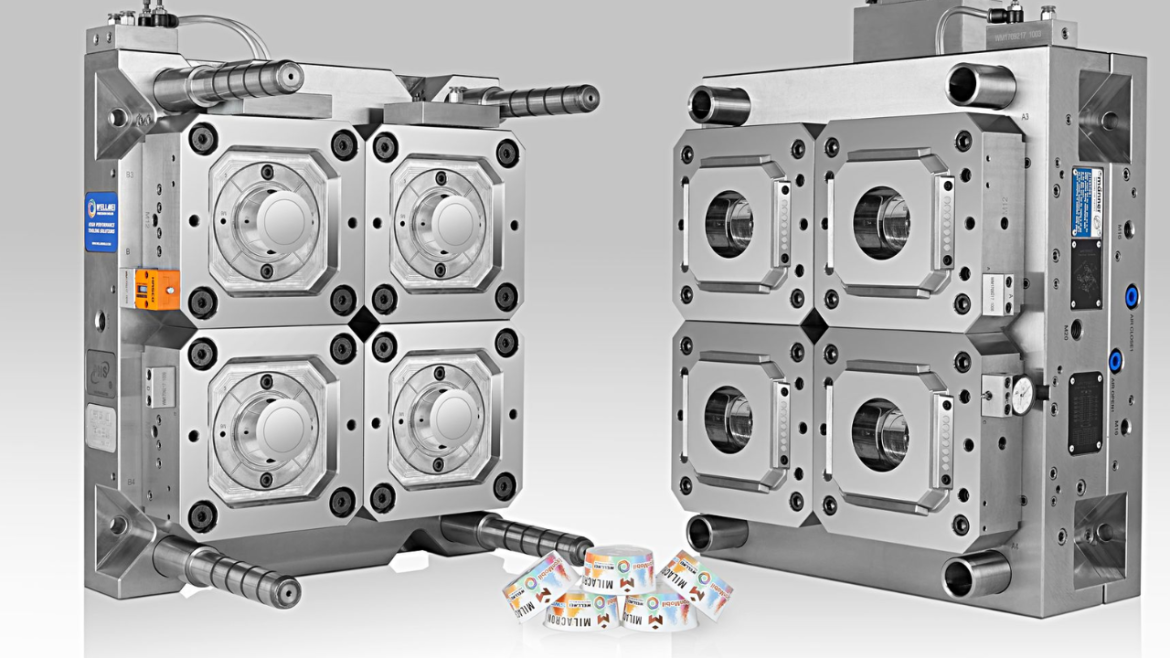Plastic and different polymer components are frequently made the use of the manufacturing approach referred to as injection molding. The high quality and functioning of the molded parts might be impacted with the aid of a variety of flaws or mistakes, much like with any manufacturing process.
If defects cross uncorrected, the whole product development procedure can become slower and more priced, which can bring about shorter product lifespans. Numerous elements, inclusive of negative design, flaws within the manufacturing process, deficiencies in first-class manipulation, and more, can result in issues with and faults in injection molding.
A few injection molding defect might be high-priced or difficult to restore. Without having to modify the mold tooling or swap out different production equipment, others may be avoided with the aid of changing the molding system. The drift price, temperature, or stress of your mold may commonly be adjusted to effortlessly keep away from those flaws.
What Are Injection Molding Glide Strains?
Surface flaws or blemishes called “float lines” in injection molding can emerge on plastic items. As the molten plastic pours into the mold hollow space at some stage in the injection molding manner, it cools and solidifies, leaving those lines. These lines where the many fronts of molten fabric converge can be produced whilst the fabric contacts with gadgets, modifications route, or collides with fabric that has already cooled.
Glide traces can emerge in a spread of methods, from barely perceptible surface imperfections to more obvious streaks or lines. Even though they do not usually compromise the component’s structural integrity, they may be unsightly and unusable in terms of design and functionality.
Injection Molding Flaws
Right here are a number of the maximum common errors that could take place all through plastic injection molding, in conjunction with advice for product groups on the way to save them.
Lines of Glide
Off-coloration lines, streaks, and other patterns that shape a component’s surface are referred to as glide traces. Those are added on with the aid of the injection mildew’s injection shot of molten plastic visiting through it at various prices, which in the long run outcomes in the resin solidifying at numerous fees. This is regularly a symptom of too low of an injection pressure or tempo.
Sink Marks
Sink marks are seen as craters, dents, or depressions in thick components of a part. The internal regions of the element might also cut back and settle at a charge very distinct from the outside quantities, that’s an every-so-often unintended aspect effect of thicker areas taking longer to chill. On the layout side, organizing okay injection molding rib width and wall thickness can lessen the danger of sink marks.
A Surface Tearing
A state of affairs known as delamination outcomes within the floor of a component setting apart into tiny layers. These layers, which resemble peel able coatings, are brought on by using impurities within the substance that do not adhere to the plastic and cause localized flaws. Delamination also can end result from a reliance on mold launch retailers too much.
Glue Lines
These flaws, also referred to as knit traces, show the place wherein two flows of molten resin converged whilst passing through the geometry of the mold. Any place of the geometry with a hollow experiences this. The 2 plastic flows come collectively as they move and encircle a hollow on both aspects. As a result, the thing’s basic strength and sturdiness are reduced.
Jetting
Another possible final result of an uneven solidification process is jetting mistakes in injection molding. When a first resin jet enters the mold and has enough time to start putting it earlier than the cavity fills, jetting occurs. This weakens the part and leaves in the back of sizeable, squiggly waft styles on its floor.
Warping
In the context of injection molding, warping describes unwanted twists or bends added on with the aid of unequal inner shrinkage during cooling. Injection molding warping faults are commonly caused by uneven or variable mold cooling, which locations lines on the fabric.
Conclusion
For the manufacturing of noticeably repeatable plastic additives, injection molding can be a totally effective manufacturing procedure. But, as with many other strategies, generating incredible stop-parts necessitates close attention to elements and a proactive technique for threat management.
